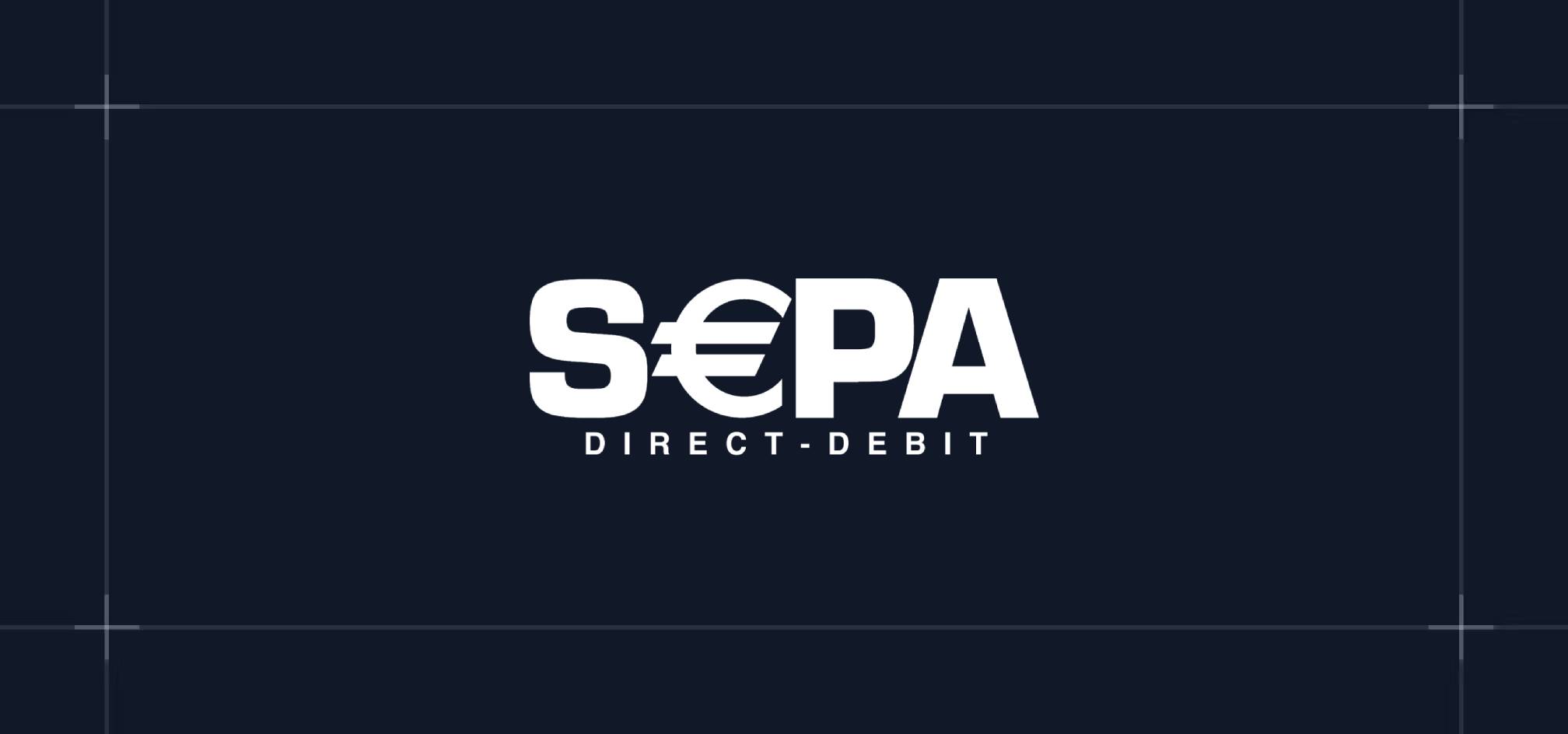When it comes to collecting tuition fees, there’s no shortage of payment options. But let’s be honest: some methods are a bigger headache than others. Enter direct debit—a simple, automated solution that’s been gaining traction in the education sector. However, like any payment method, it’s not all rainbows and sunshine. So, what’s the real deal? Let’s break it down: the good, the bad, and, yes, the downright ugly.
👍 The Good of SEPA Direct Debit
Eurozone Coverage: SEPA Direct Debit is accepted across 36 European countries. If you’re working with students from Europe, it’s a no-brainer.
Low Transaction Costs: Compared to international card payments, SEPA Direct Debit is usually much cheaper. For institutions dealing with tight budgets, this can be a significant advantage.
Predictable Settlement Times: Unlike BECS (in Australia) , SEPA Direct Debit has fixed settlement timelines—typically one business day. That’s a big win for cash flow management.
👎 The Bad of SEPA Direct Debit
Strict Mandate Requirements: SEPA mandates are more rigid than their Australian counterparts . Institutions must ensure they have the proper authorization, or they risk compliance issues.
Limited to Euro Payments: SEPA Direct Debit is great for Euros, but if you’re dealing with multiple currencies, you’ll need alternative solutions.
🙁 The Ugly of SEPA Direct Debit
Student Disputes Can Be Costly: Disputes under SEPA can result in chargebacks, which can be both costly and time-consuming. Schools and agents need a robust system in place to handle these situations.
Cross-Border Complexity: While SEPA simplifies Eurozone payments, cross-border payments can still come with complexities, especially when dealing with local regulations and varying banking practices.
Conclusion: What’s Right for Your Institution?
So, where does that leave us? SEPA Direct Debit is perfect for Eurozone transactions but requires careful handling of mandates and disputes.
The key is understanding your institution’s unique needs. Are you focused on cost-saving? Speed? International compatibility? By weighing the good, the bad, and the ugly of each option, you’ll be better equipped to choose the right solution for your students and your bottom line.
After all, managing tuition fees shouldn’t be a chore. With the right tools, it can be seamless—or at least close enough!


